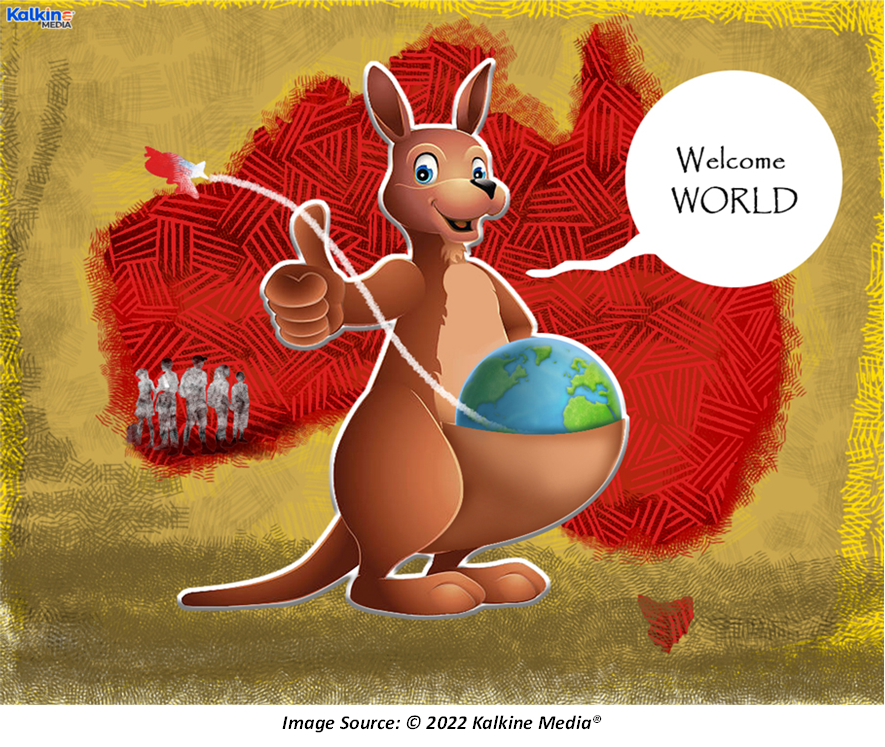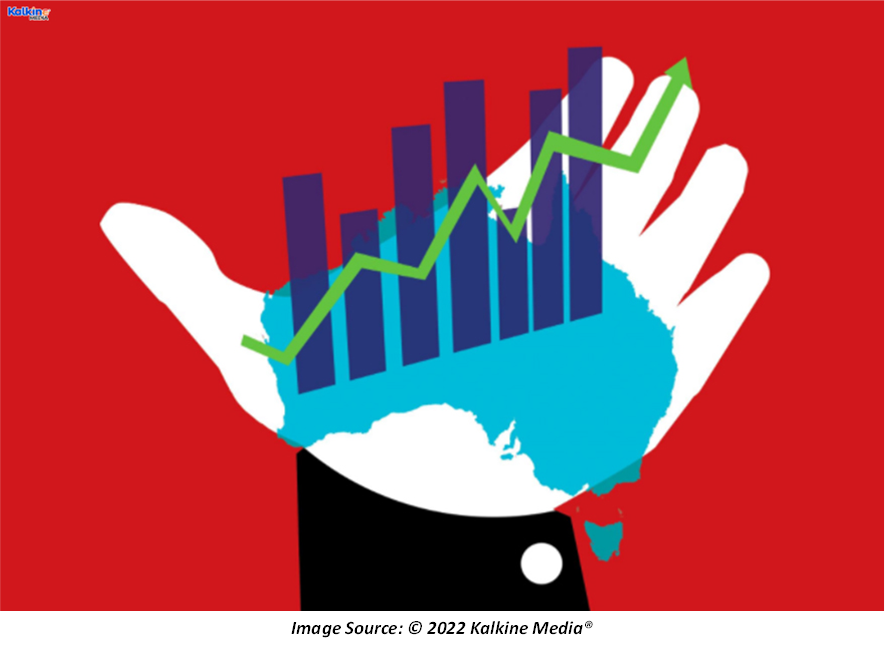Highlights
- Australia will allow foreign visitors to travel to the country from 21 February onwards.
- The reopening of international borders is set to open fresh set of opportunities for the battered aviation and hospitality industries.
- A capping of 160,000 arrivals per year has been placed in line with the pre-pandemic limit.
Border reopening is being hailed as a redeeming move in Australia’s bid to return to normalcy after the pandemic. The country is now very close to reopening its international borders for double vaccinated individuals from 21 February onwards. The move is expected to open fresh set of opportunities for the battered aviation and hospitality industries by providing a means to recoup from financial losses faced during lockdowns.
After two years of dormancy, the tourism industry is all set for restoration - a much-needed move as domestic citizens were allowed to fly outside without the same being reciprocated into the country. However, the inflow of immigrants is on track to revive the economy, with border reopening expected to benefit more than just the hospitality sector.
GOOD READ: Three green shoots gleaming in the Australian travel industry
Let us quickly see how the border reopening will bring a range of benefits for the Australian economy:
Inflow of skilled workers
The lifting of restrictions is highly likely to bring in a significant population of the skilled workforce into the nation. This is a crucial aspect in current times wherein a major dearth of labour has forced businesses to shut down or suffer losses. Also, the underlying supply-chain disruptions have exacerbated the problem at hand.

While the employment conditions continue to remain strong, many positions are still vacant with workers leaving their jobs in fear of catching the virus. Additionally, a higher number of job postings are being generated with industries forging out of the pandemic-induced slowdown. This has created more demand for labour than supply, reiterating the importance of foreign immigrants in stabilising the labour market.
To encourage foreign visitors, government authorities have rolled out some unique propositions. Working Holiday visas have been introduced, which are the perfect blend of work and vacation, through which a large number of working-class population can be pulled into the country.
The program allows the immigration of students who are highly skilled and have higher productivity. The Morrison government plans to import at least 200,000 migrant workers into Australia by July this year. One can expect the introduction of additional programs incentivising international travel in the country over the coming months.
A chance for tourism to thrive
The tourism industry has undergone prolonged suffering during the pandemic, which resulted in massive layoffs and huge financial losses. With foreign tourists choosing Australia as their travel destination once again, domestic restaurants and holiday-based companies are expected to see booming businesses. While it is uncertain how soon these firms will completely recover from their losses, it is certain that a border reopening is a much-needed gateway to avoid a permanent shutdown.
Meanwhile, research from the Reserve Bank of Australia reveals that more than 10% of the population working in food trades and preparation, hospitality and cleaning is filled with visa holders. Thus, one can expect a two-way effect on the hospitality industry, first through the direct consumption channel and second through the indirect channel of labour supply.
ALSO READ: Is the Australian property market boom here to stay?
Smooth transition to pre-pandemic state
The pandemic has taught many nations the very valuable lesson of being self-reliant. At a time when it was impossible to travel to even the nearest places, increased focus was put on domestic channels of revenue generation. In a nutshell, countries have understood the importance of building strong domestic supply-chain systems and a skilled population in the pandemic era.

However, Australia has sustained itself with a steady infusion of foreign labour and a regular inflow of international students for a long period. No doubt, things changed as policymakers started to prioritise building domestic resilience. However, with the country still managing to recover from previous losses, a gradual reopening to the world is anticipated to unlock a smoother transition to the pre-pandemic state.
Having said that, one cannot undermine the value of international trade in making an economy sound and healthy. At the same time, border reopening should not be used as a method to generate revenue and recover from pandemic induced losses. And the Australian government very well understands that. This is why a capping of 160,000 arrivals per year has been placed, in line with the pre-pandemic limit.
Bottom Line
The overall outlook for the economy appears optimistic, with experts predicting a heavy inflow of workers to raise demand for goods and services in the country. The total spending and inflow of money from foreign visitors may help generate additional sources of revenue this year. Meanwhile, domestic workers who were enjoying greater bargaining power in the labour market are likely to face increased competition with the entry of more skilled workers.
ALSO READ: Inflation on the rise, five sectors to watch out for



